Compost
Composting is nature’s way of breaking down organic waste. Organisms such as fungi, bacteria, microbes, and earthworms break down the organic materials from the compost into humus. Many people refer to humus as compost, although humus is the correct term for the completely broken down material. Humus fertilizes and improves soil quality and it has the ability to suppress disease. Humus helps the soil to retain moisture and encourages the formation of good soil structure. Another great feature of humus is its capacity to store carbon, which can mitigate causes and effects of climate change.
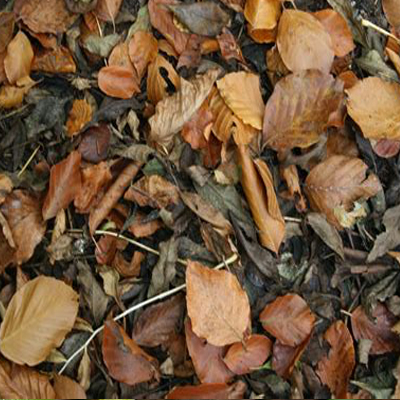
Leaf litter
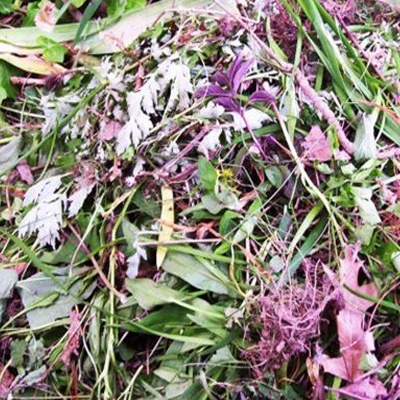
Plant Material
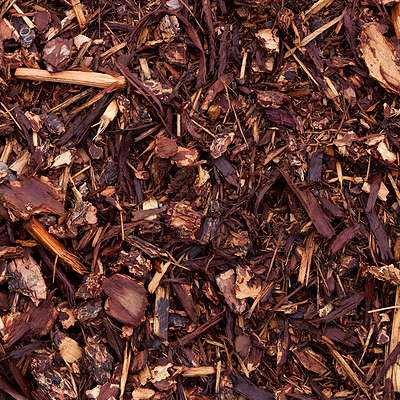
Chipped Wood
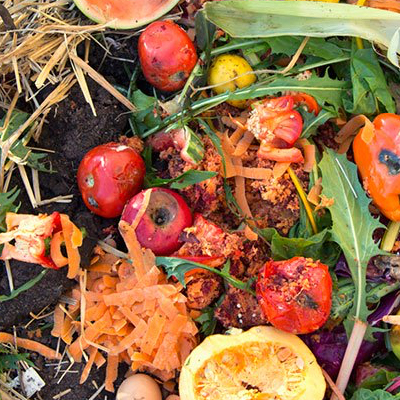
Kitchen Scraps
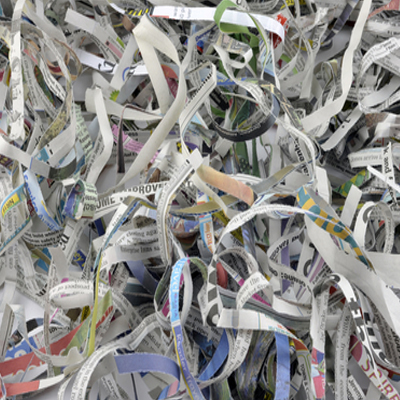
Paper
How to compost?
If you just leave your organic matter, such as leaf litter, on the ground it will naturally decompose and create humus.
If you would like to further improve the soil with extra humus, you can either go out and buy compost, or suggest that the homeowner start composting in their yard. This is another great service that a sustainable landscaper can offer his clients.
Composting can be as simple as leaving leaf litter or yard waste in a pile on the ground to gradually decompose or as elaborate as building a three-bin composting system. Please take a look at the links below to see what is the best composting style for you and your client. You start composting by collecting organic materials. The decomposition process is aided by adding moisture and ensuring proper aeration by regularly turning the mixture. Worms, fungi and bacteria further break up the material. Although dairy and meat are organic and will decompose, you shouldn’t advise homeowners to use these in the compost, as they will attract rodents. You want your pile to be at least four feet square, or larger. To make the process more efficient and easier to manage you can build several piles next to each other.
The ideal mixture for composting is:
80% browns (carbon; dry leaves, wood chips, straw, sawdust, cornhusks, newspaper, etc.)
20% greens (nitrogen: food scraps, grass clippings, coffee grounds, manure, fresh leaves, etc.)
Ballpark it: don’t obsess about these ratios.
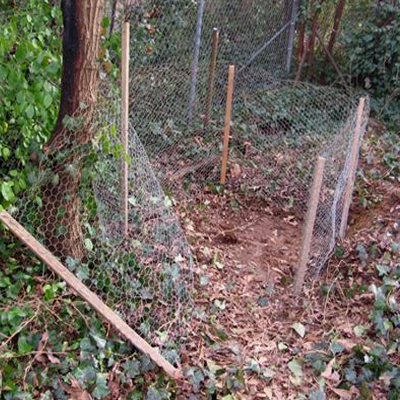
Find an out-of-sight location.
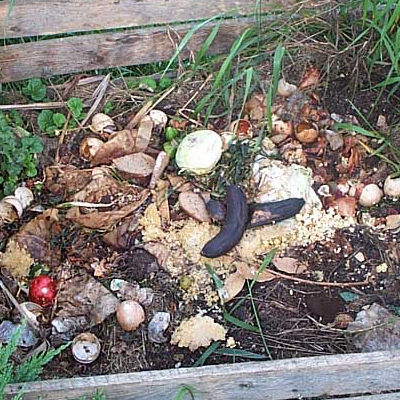
Add organic materials.
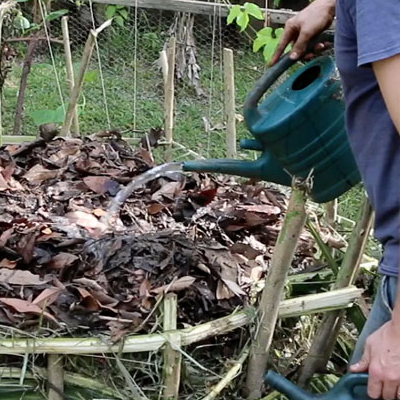
Keep moist.
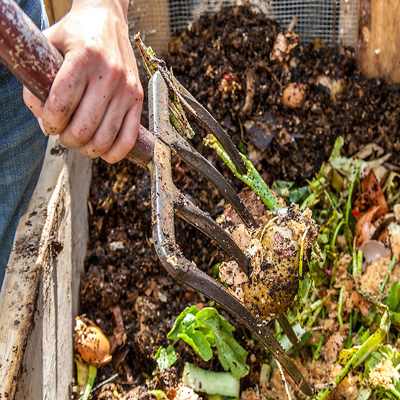
Mix and Aerate.
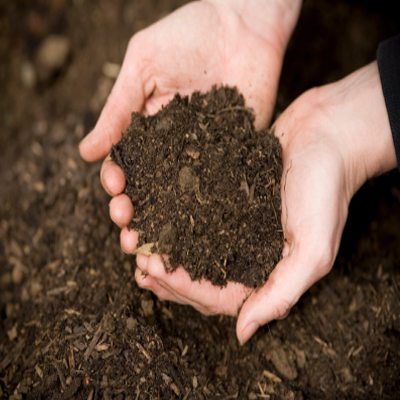
Harvest and use.
